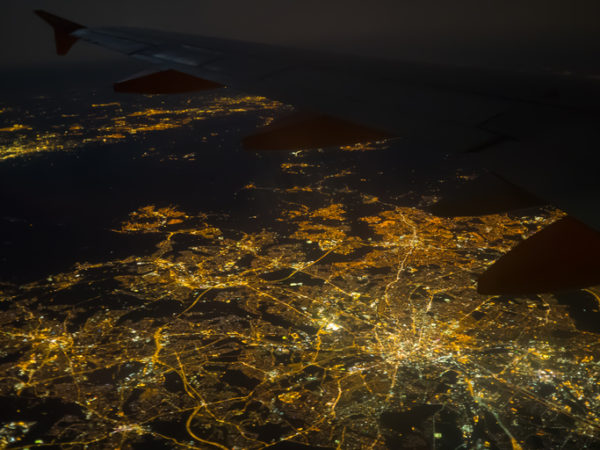Co-creating learning loops for public realm improvements in Brunswick, Manchester

As a result of their scale and range of activities, universities have a tremendous impact on the neighbourhoods around them. If a university is attentive to the needs of its neighbours, this impact can be positive. The university can be seen as a source of amenities to enjoy such as green space, museums and public events. It can be a provider of knowledge and support that is available to local communities, a partner in solving problems rather than a source of problems. In this spirit, the LOOPER project is working with residents of the Brunswick neighbourhood which is adjacent to the eastern edge of the main University of Manchester campus.
LOOPER stands for Learning Loops in the Public Realm and the project is funded through JPI Urban Europe with support for the UK portion provided by the ESRC. The aim of LOOPER is to build a participatory co-creation methodology and platform to demonstrate ‘learning loops’, which are new ways of decision-making that bring together citizens, stakeholders and policy-makers and incorporate visualisation technologies and experimentation. This process unfolds through the implementation of ‘Urban Living Labs’ here in Manchester and also in Brussels and Verona with continual exchange and learning taking place across the three sites.
During the next two years LOOPER project participants from the Brunswick neighbourhood, local partner S4B and the University of Manchester will together move through the learning loops. The process begins with discussions of issues of concern in Brunswick and gradual framing of problems followed by participatory data collection and visualisation in order to fully understand the nature of the identified problems. Based on collective understanding of the problems to be addressed, we will co-design potential solutions, and evaluate their feasibility and likely effectiveness. The most promising solutions will be implemented and the results monitored. (This will probably mean physically changing something in the neighbourhood on a temporary basis.) If an experimental solution works, we will explore how to make the change permanent.
Based on several months of discussions and facilitated workshops using Ketso and maps/aerial views of the neighbourhood, we now have a sense of the key concerns of Brunswick residents. People in Brunswick have voiced concern about air quality, which they see as a result of the high volume of traffic moving around and through the neighbourhood. Some of the traffic results from people who work nearby looking for parking and some Brunswick residents feel that their neighbourhood is being treated as a car park and they resent this. Traffic within the neighbourhood also raises a lot of concerns about road safety for pedestrians and particularly for children. People talk as well about whether they feel safe and secure in other public spaces and opinions about this vary depending on the places and the individuals who experience them. There is general agreement that there is a lack of good community spaces, including green spaces, for people to meet and children to play, and of basic amenities such as bus stops and a laundrette. Residents wonder about the effect of moving local shops to the periphery of the neighbourhood, which is one of the many changes resulting from the large scale regeneration project currently taking place in Brunswick. As the university is engaged in a similar regeneration process just across the street, local residents feel like they are living in a continuous building site with all of the corresponding disturbances and constant changes in their surroundings.

We are now preparing for participatory data collection involving work with air quality, noise and traffic speed monitors, along with geotagging apps. The latter will serve in part to document people’s perceptions and experiences and link these to particular places in the neighbourhood. It’s a chance for everyone involved to try out new tools and learn new things, and hopefully it will all lead to positive change in the Brunswick neighbourhood based on the ideas of people who live there. Learning from Brunswick and the other LOOPER sites in Brussels and Verona will be shared widely (see http://looperproject.eu/) so that the learning loops approach can be applied in other contexts and the benefits extended.
For more information or if you would like to get involved in the LOOPER project, please contact Janice Astbury (janice.astbury@manchester.ac.uk).This article was originally posted on the School of Environment, Education and Development (SEED)’s blog page.